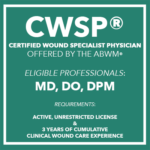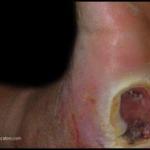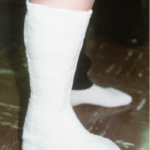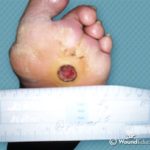Wound Care Certification for Podiatrists
Almost all podiatrists have received basic wound care training. Contrarily, few podiatrists have achieved full wound care certification. Throughout their career, Podiatrists will see many patients affected by chronic wounds. Having the right wound care education will help podiatrists better diagnose and treat these wounds. Podiatrist wound care certification begins by building on the general wound…





